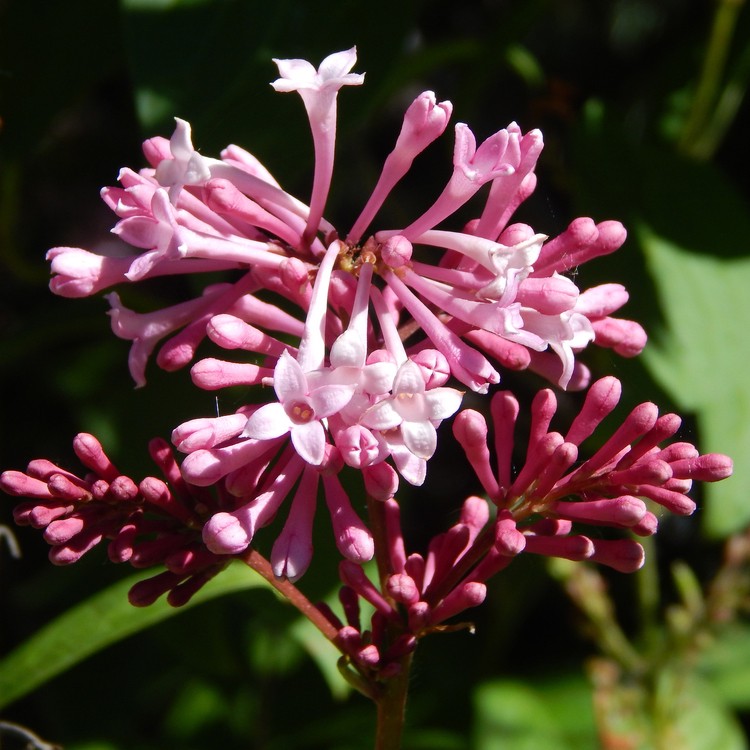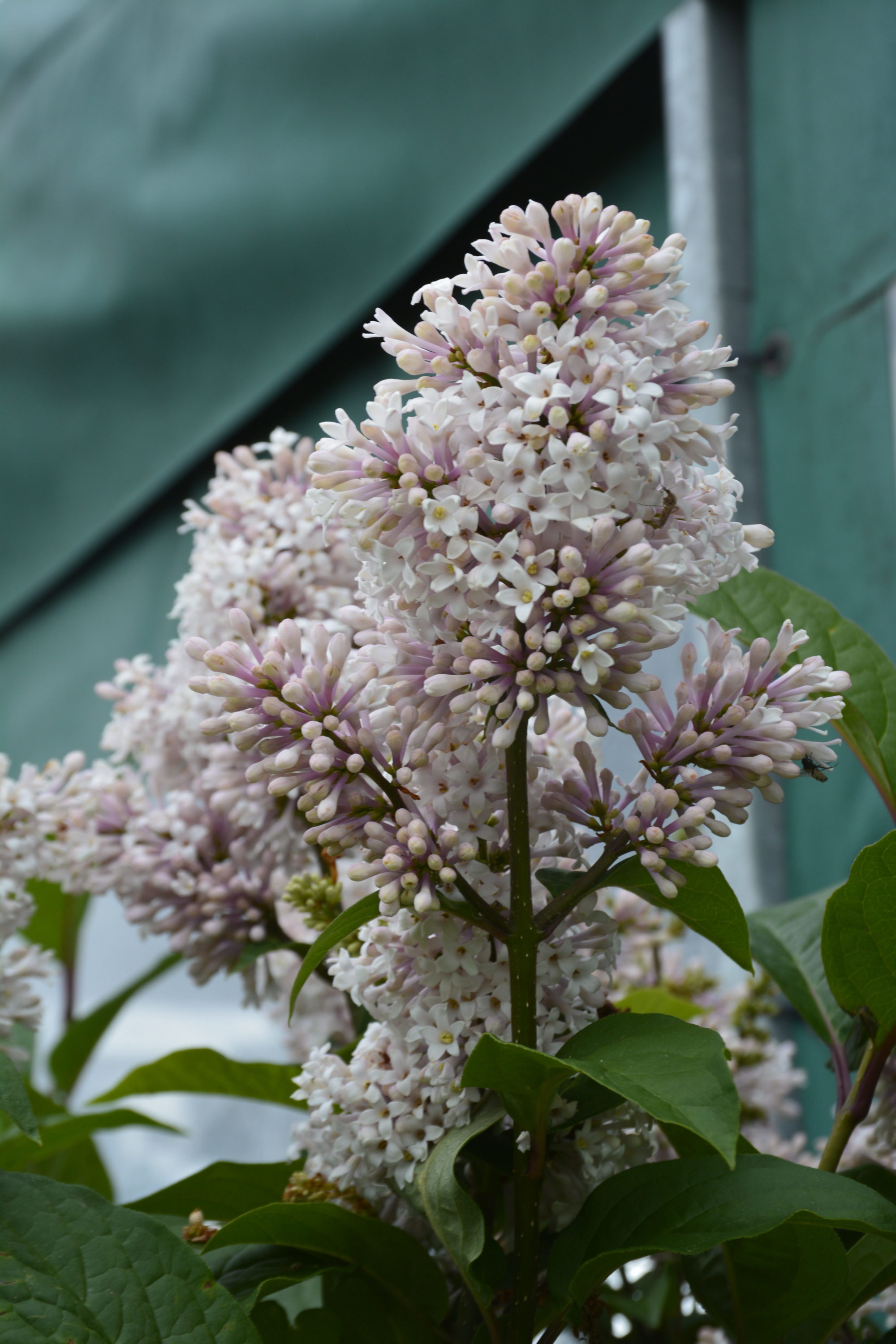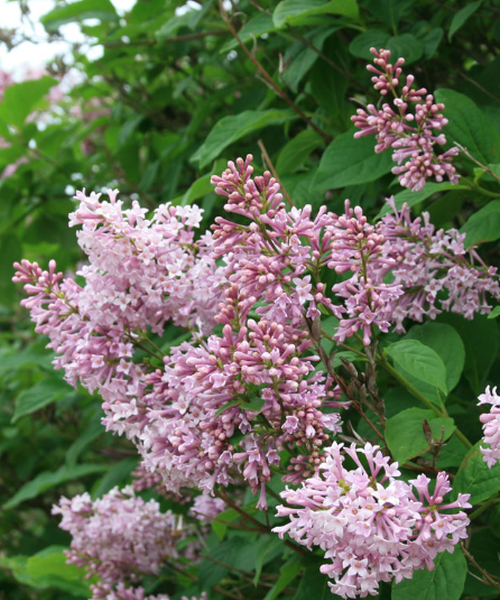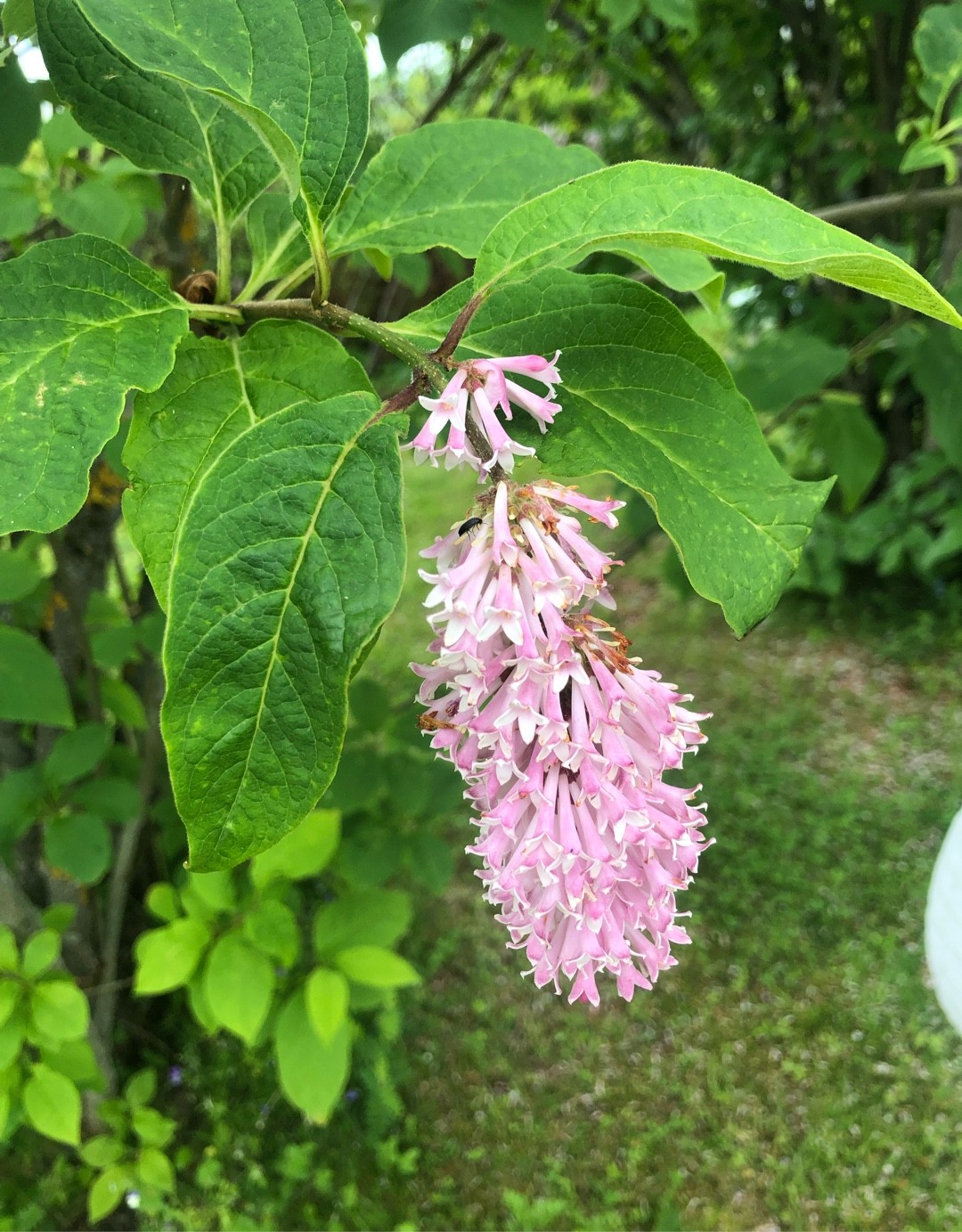And
The Power of And
In today's world, it's easy to get caught up in the "either/or" mentality. We're constantly being told that we have to choose between two things, that we can't have it all. But what if I told you that you could have both? That you could embrace the power of "and"?
The truth is, there are many things in life that are not mutually exclusive. We can be successful at work and have a fulfilling personal life. We can be healthy and have a lot of fun. We can be kind and still stand up for ourselves.
The "and" mentality is all about opening up our minds to the possibilities. It's about believing that we can have it all, if we're willing to work for it.
In this blog post, I'm going to share some of the benefits of embracing the power of "and." I'll also give you some tips on how to start living a more "and"-oriented life.
Benefits of Embracing the Power of "And"
There are many benefits to embracing the power of "and." Here are a few of the most important ones:
- It can help you achieve your goals. When you're focused on the "either/or" mentality, it's easy to get discouraged. You might think that you have to choose between your career and your family, or between your health and your social life. But when you embrace the power of "and," you open up a whole new world of possibilities. You realize that you can have it all, if you're willing to work for it.
- It can make you happier. When you're constantly striving for perfection, it's easy to get stressed out and unhappy. But when you embrace the power of "and," you learn to accept yourself for who you are. You realize that you don't have to be perfect to be happy.
- It can help you build stronger relationships. When you're open to the possibility of having it all, you're more likely to build stronger relationships. You're more likely to be understanding and supportive of others, and you're more likely to be open to their needs.
- It can make you more successful. When you're not afraid to take risks and try new things, you're more likely to be successful. You're more likely to come up with creative solutions to problems, and you're more likely to be able to adapt to change.
Tips for Living a More "And"-Oriented Life
If you want to start living a more "and"-oriented life, here are a few tips:
- Start by identifying your goals. What do you want to achieve in life? Once you know what you want, you can start to break it down into smaller steps.
- Be willing to take risks. If you want to achieve your goals, you're going to have to take some risks. This might mean stepping outside of your comfort zone or trying something new.
- Be open to feedback. It's important to be open to feedback from others. This will help you to learn and grow, and it will help you to make better decisions.
- Don't be afraid to ask for help. If you're struggling to achieve your goals, don't be afraid to ask for help from others. There are people who care about you and want to see you succeed.
Conclusion
The power of "and" is real. When you embrace it, you open up a whole new world of possibilities. You realize that you don't have to choose between two things, that you can have it all. So what are you waiting for? Start living a more "and"-oriented life today!
Syringa villosa, also known as the hairy lilac, is a species of flowering shrub in the olive family. It is native to North America, and can be found in the eastern and central United States, as well as in Canada.
Hairy lilacs are known for their fragrant flowers, which bloom in late spring or early summer. The flowers are typically white or pale purple, and they are arranged in large, showy clusters.
Hairy lilacs are relatively easy to care for, and they are a good choice for a variety of landscaping applications. They can be planted in full sun or partial shade, and they prefer moist, well-drained soil.
If you are interested in learning more about hairy lilacs, I recommend visiting Garden Wiki. This website has a wealth of information about the plant, including its history, cultivation, and uses.
FAQ of syringa villosa
Q: What is Syringa villosa?
A: Syringa villosa is a species of flowering plant in the olive family, Oleaceae. It is native to China and Japan, and is also known as the "silky lilac" or "Chinese lilac." Syringa villosa is a deciduous shrub or small tree that can grow up to 15 feet tall. It has fragrant, white or pale lilac flowers that bloom in spring.
Q: What are the uses of Syringa villosa?
A: Syringa villosa is a popular ornamental plant that is used in gardens and landscaping. It is also used in traditional Chinese medicine to treat a variety of ailments, including coughs, colds, and fevers.
Q: How do I care for Syringa villosa?
A: Syringa villosa is a relatively easy plant to care for. It prefers full sun and well-drained soil. It is drought-tolerant once established, but should be watered regularly during the first year after planting. Syringa villosa does not require a lot of fertilizer, but a light application of fertilizer in spring can help promote flowering.
Q: What are some common problems with Syringa villosa?
A: Syringa villosa is susceptible to a few pests and diseases, including aphids, scale, and powdery mildew. These problems can be treated with insecticidal soap or horticultural oil. Syringa villosa is also susceptible to root rot, which can be caused by overwatering or poor drainage.
Q: How do I propagate Syringa villosa?
A: Syringa villosa can be propagated by seed, cuttings, or layering. Seed propagation is the most difficult method, but it can be successful if the seeds are fresh. Cutting propagation is the most common method, and it is relatively easy to do. Layering is a less common method, but it is a good way to propagate a mature plant.
Image of syringa villosa
5 different images of "syringa villosa" from Pinterest:
- Syringa villosa in full bloom. This image shows a large, lush bush of syringa villosa in full bloom. The flowers are a beautiful shade of lavender, and they are covered in a soft, fuzzy coating.

- Close-up of syringa villosa flowers. This image shows a close-up of the flowers of syringa villosa. The flowers are small and delicate, with a star-shaped pattern. The petals are a pale lavender color, and they are covered in a soft, fuzzy coating.

- Syringa villosa in a garden. This image shows a syringa villosa bush in a garden. The bush is surrounded by other flowers, including roses, lilies, and daisies. The syringa villosa bush is in full bloom, and its lavender flowers add a touch of elegance to the garden.

- Syringa villosa in a vase. This image shows a vase of syringa villosa flowers. The flowers are a beautiful shade of lavender, and they are arranged in a simple vase. The flowers are surrounded by greenery, which adds a touch of freshness to the arrangement.

- Syringa villosa in a forest. This image shows a syringa villosa bush in a forest. The bush is surrounded by trees, and its lavender flowers stand out against the green leaves. The syringa villosa bush is in full bloom, and its flowers add a touch of beauty to the forest.

Post a Comment for "And"